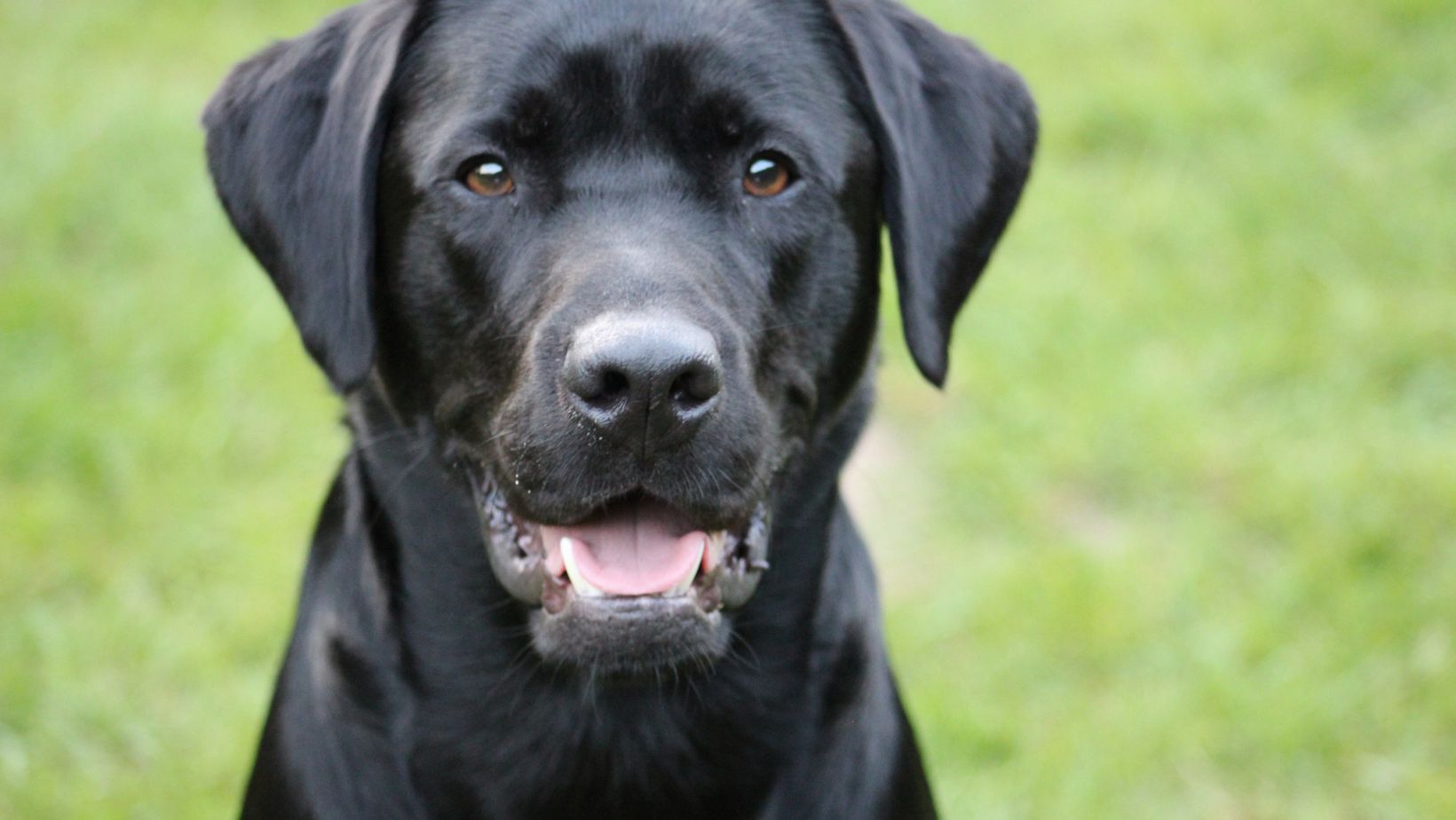How to Train a Deaf Dog
Training a deaf dog, such as a Labrador, may seem challenging at first, but with the right techniques and patience, it can be a rewarding experience for both you and your furry friend. Communication plays a crucial role in training any dog, and when working with a deaf dog, we need to find alternative ways to convey our messages effectively.
One of the most effective methods for training a deaf Labrador is through visual cues. Since they cannot hear verbal commands, utilising hand signals or gestures becomes essential. Start by associating specific hand signals with basic commands like sit, stay, come, and lie down. Consistency is key here; use the same signal every time you give the command so that your dog can understand and respond accordingly.
Another important aspect of training a deaf Labrador is building trust and strengthening the bond between you and your pet. Positive reinforcement techniques work wonders in this regard. Reward your dog with treats or praise whenever they exhibit desired behaviours or follow commands correctly. This positive association will motivate them to continue learning and obeying.
Remember that training takes time and patience, especially when working with a deaf dog. Break down tasks into smaller steps and gradually progress as your dog becomes more comfortable and confident. Seek guidance from professional trainers if needed to ensure you’re using appropriate techniques tailored to your Labrador’s needs.
With dedication and understanding, you’ll discover that training a deaf Labrador can be an incredibly fulfilling journey that deepens your connection while helping them lead happy lives as well-adjusted companions.
Understanding Deafness in Dogs
Deafness can present unique challenges when training a dog, but with the right approach and understanding, it is possible to effectively communicate and bond with a deaf dog. In this section, I’ll provide an overview of deafness in dogs, specifically focusing on Labradors.
- Prevalence of Deafness: Deafness can occur in dogs of any breed or mix, including Labradors. While the exact prevalence may vary based on genetics and individual factors, studies have shown that certain breeds, including white-coated ones like white Labradors, are more prone to congenital deafness.
- Causes of Deafness: Deafness in Labradors can be attributed to genetic factors or acquired conditions. Congenital deafness is often inherited through a recessive gene from both parents. Acquired deafness can result from aging, injury, exposure to loud noises over time, or certain medical conditions.
- Signs of Deafness: It’s essential to recognize signs that indicate potential hearing loss in your Labrador. Some common signs include lack of response to sounds or commands, difficulty waking up from sleep unless visually stimulated, and excessive barking due to insecurity about their inability to hear themselves.
- Training Considerations: When training a deaf Labrador or any other deaf dog for that matter, traditional auditory cues may not be effective. Instead, visual cues such as hand signals and body language become crucial tools for communication. Using treats as positive reinforcement can also help reinforce desired behaviours.
- Safety Measures: Due to their impaired sense of hearing, it’s important to take extra precautions when ensuring the safety of a deaf Labrador. Keeping them on a leash during walks is vital since they won’t be able to respond if called back verbally in potentially dangerous situations.
- Professional Guidance: Seeking guidance from professional trainers or behaviourists experienced in working with deaf dogs can greatly benefit both you and your Labrador. They can provide valuable insights, techniques, and tailored training plans to help you effectively communicate with your furry friend.
Remember, training a deaf Labrador requires patience, consistency, and understanding. By adapting your training methods to suit their needs, you’ll be able to build a strong bond and enjoy a fulfilling relationship with your four-legged companion. When it comes to training a deaf dog, creating a positive training environment is crucial. This will not only help your labrador understand and respond to commands effectively but also strengthen the bond between you and your furry companion.
